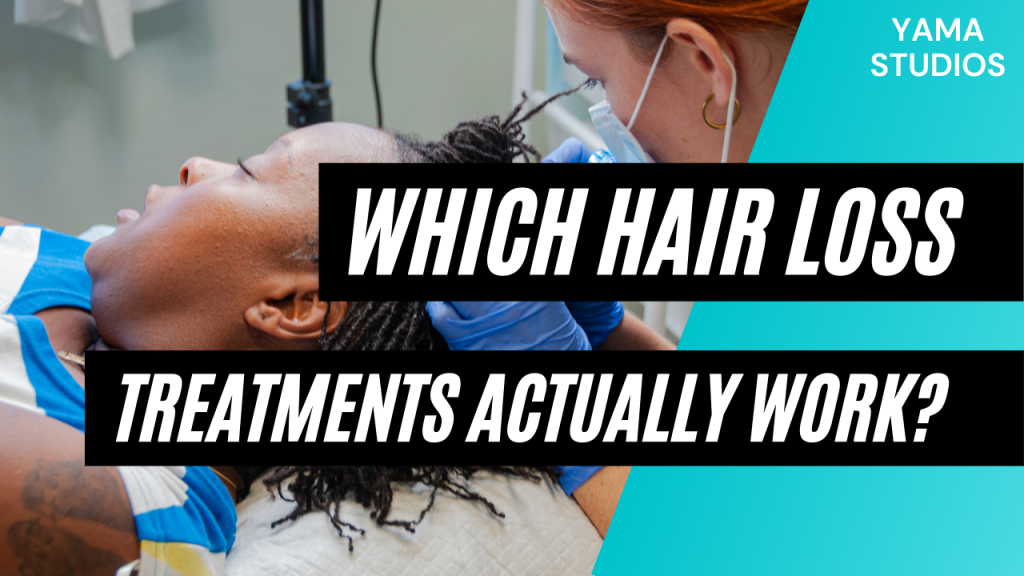

Finding affordable hair loss treatments that actually work is a common struggle for many. Millions suffer from hair loss, seeking effective and budget-friendly solutions. This article will delve into the complexities of the hair loss treatment market, identifying the key factors to consider and providing actionable advice for navigating this journey. We’ll explore various treatment options, discuss potential pitfalls, and ultimately provide a clear roadmap to help you find affordable solutions that address your specific needs. This article is structured to provide practical guidance, from understanding the causes of hair loss to evaluating the effectiveness of different treatment options and recognizing potential red flags.
Understanding the Root Causes of Hair Loss
Hair loss, also known as alopecia, can stem from a multitude of factors, ranging from genetic predisposition to underlying medical conditions. Understanding the root causes of hair loss is crucial for selecting the right treatment. Factors influencing hair loss include hereditary conditions like androgenetic alopecia (male and female pattern baldness), hormonal imbalances, nutritional deficiencies, stress, and certain medical conditions. Studies show that approximately 40% of adults experience noticeable hair thinning by the age of 50, highlighting the prevalence and impact of this issue.
Genetic Predisposition
Hereditary factors play a significant role in hair loss. Androgenetic alopecia, the most common type of hair loss, is largely influenced by genetics. This type is characterized by gradual hair thinning, typically affecting the crown and temples. Consult a dermatologist for genetic testing and professional advice on suitable treatment options.
Medical Conditions
Certain medical conditions, autoimmune disorders, and nutritional deficiencies can also contribute to hair loss. Thyroid disorders, iron deficiency anemia, and even stress-related conditions have been linked to hair fall. Professional medical consultation is vital for diagnosing and treating underlying medical issues.
Evaluating Treatment Options
Once the underlying cause of hair loss is understood, exploring various treatment options becomes paramount. The market offers a wide range of options, from over-the-counter supplements to prescription medications. However, not all treatments are effective, and some can be expensive, further complicating the search for an effective solution. This section will delve into a practical analysis of common hair loss solutions.
Topical Solutions
Topical solutions, often available over the counter, comprise various creams, lotions, and serums promising hair regrowth. Many contain ingredients like minoxidil, a vasodilator that promotes hair growth by improving blood flow to follicles. These topical solutions require consistent application and may not yield noticeable results for everyone.
Oral Medications
Oral medications, often prescribed by dermatologists, target underlying hormonal imbalances contributing to hair loss. Finasteride, for example, is a common prescription medication shown to reduce hair loss in men. However, it comes with potential side effects and requires consistent usage over a period of time. Consulting a doctor is crucial to determine the suitability and potential risks before starting any oral treatment.
Considering Affordability and Effectiveness
Identifying affordable hair loss treatments that actually work requires careful consideration of cost and effectiveness. The pursuit of hair restoration can be a costly endeavor, and many products and procedures come with hefty price tags. This segment will highlight the balance between cost and efficacy in addressing hair loss.
Cost-Effective Alternatives
Exploring alternative treatments, such as natural remedies like aloe vera or onion juice, is an option for those looking for affordable solutions. These options often lack robust scientific backing and aren’t guaranteed to yield results. Supplements containing essential vitamins and minerals can also be beneficial and often cost-effective.
Effectiveness and Results
The effectiveness of any treatment depends on the individual’s specific needs and the underlying cause of hair loss. Results may vary based on genetics, health conditions, and adherence to the treatment plan. Before embarking on a specific course of treatment, it’s vital to research thoroughly and consult with a healthcare provider.
Recognizing Potential Pitfalls
Navigating the hair loss treatment landscape can present potential pitfalls. It is vital to distinguish between legitimate and fraudulent treatments. This section will help you identify potential red flags and steer clear of misleading claims.
Misleading Claims and Scams
Be wary of exaggerated promises and unverifiable results from unproven products or services. Conduct thorough research on products and consult trusted medical professionals. Beware of advertisements promising miraculous cures without proper scientific backing. Many companies resort to misleading claims and marketing tactics to lure consumers.
Consulting with Healthcare Professionals
Consulting with a dermatologist or other qualified healthcare professionals is essential to determine the underlying cause and appropriate treatment plan. They can provide personalized advice and guidance tailored to individual needs.
Building a Sustainable Plan
Sustaining a hair loss treatment plan is essential for achieving lasting results. This section focuses on building a comprehensive strategy.
Lifestyle Factors
Lifestyle factors, such as stress management techniques, a balanced diet rich in essential nutrients, and a healthy sleep schedule, contribute to overall health and hair health. Stress reduction techniques, such as meditation or yoga, can positively impact hair growth.
Long-Term Commitment
Effective hair loss treatment often requires a long-term commitment. Patients should be prepared to be consistent with their chosen plan to see results. It is crucial to recognize that visible results might take time and perseverance.
Researching Reviews and Testimonials
Analyzing customer reviews and testimonials provides valuable insights into the effectiveness of different hair loss treatments. This segment emphasizes the importance of examining reviews and testimonials.
Evaluating Reviews
Carefully assess reviews and testimonials for bias or exaggerated claims. Seek out reviews from various sources and look for evidence-based information.
Understanding Personal Experiences
Recognize that personal experiences can vary widely. Results may differ depending on individual genetics, medical conditions, and adherence to the treatment.
Understanding the Cost of Treatment
Exploring the financial implications of different treatments is essential in planning for affordability. This segment emphasizes the importance of budgeting and researching cost-effective options.
Comparing Pricing
Compare the costs of different treatment options, including over-the-counter products, prescription medications, and professional procedures.
Long-Term Expenses
Consider the long-term expenses associated with ongoing treatments to ensure affordability. Look for value in terms of cost versus potential return.
In conclusion, finding affordable hair loss treatments that actually work can be a challenging journey. This article has explored the complexities of the market, highlighting the crucial factors to consider when choosing a treatment. Remember to prioritize your health and consult with a healthcare professional. By being informed and proactive, you can make an informed decision about your hair loss treatment journey and achieve the best possible results. Now that you have a clearer understanding of the challenges and considerations, you can confidently explore your options and take the next step towards a solution that works for you. Visit our website for more information and resources. Let’s work together toward achieving your hair health goals.